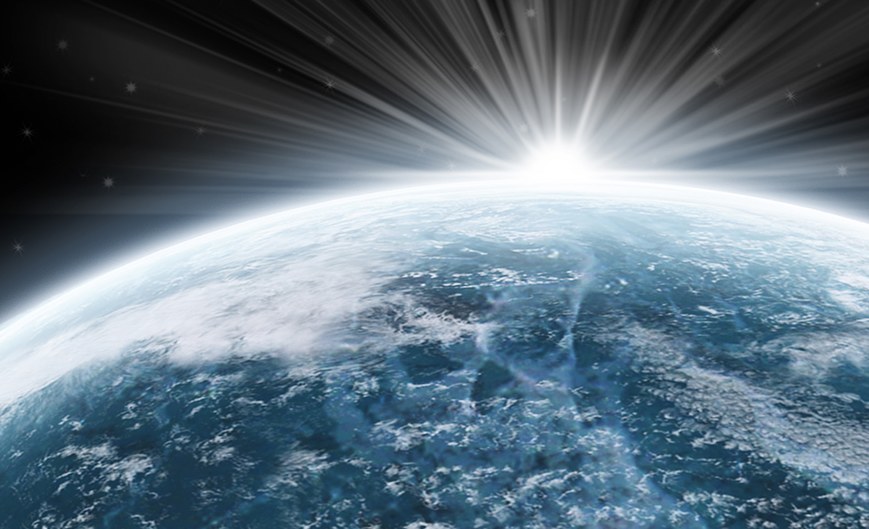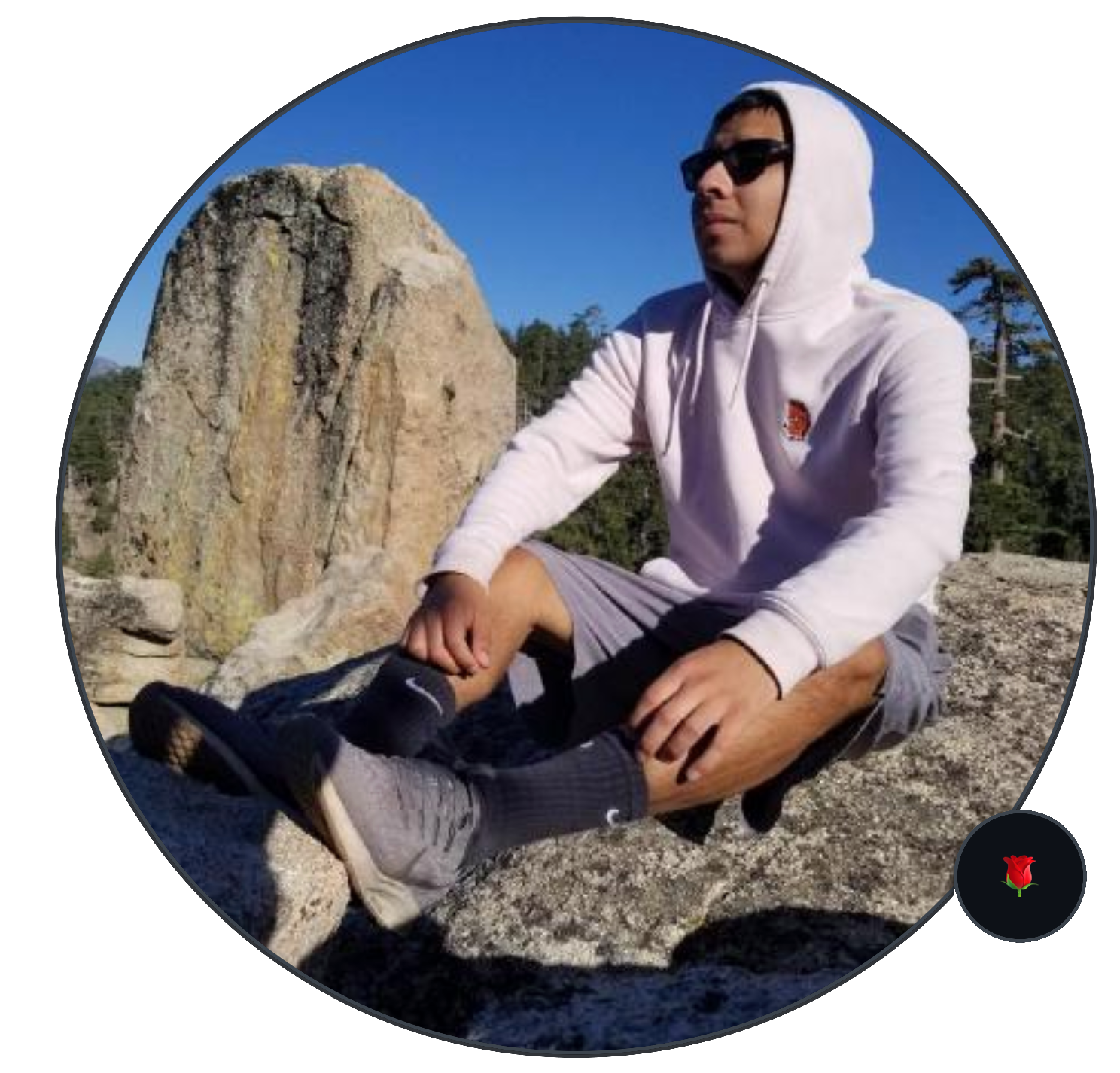about
I grew up in Santa Barbara, California, and received a BA in Physics from Bard College in 2018. My specialization in machine learning began during my undergraduate years through a three-year internship and collaboration with scientists at Las Cumbres Observatory. After college, I spent three years at Yardi Systems, a leading software provider for the global real estate industry, where I provided technical support and was quickly promoted to a consultant role. In that position, I led client-facing projects and gained valuable experience translating complex systems into practical solutions.
In 2021, I began my Ph.D. at New Mexico State University and will be graduating soon. I specialize in artificial intelligence and have used machine learning to uncover some of the rarest and most intriguing astrophysical phenomena. My published work spans both galactic and extragalactic science, including microlensing, dark matter, Lyman-alpha blobs, and protoplanetary disks. I have experience in theoretical astrophysics, including large-scale hydrodynamical simulations, and expertise in applying machine learning to astronomical datasets, particularly in weakly supervised settings where ground truth is scarce. My work integrates theoretical modeling and data-driven methods to investigate the physics of complex astrophysical systems.
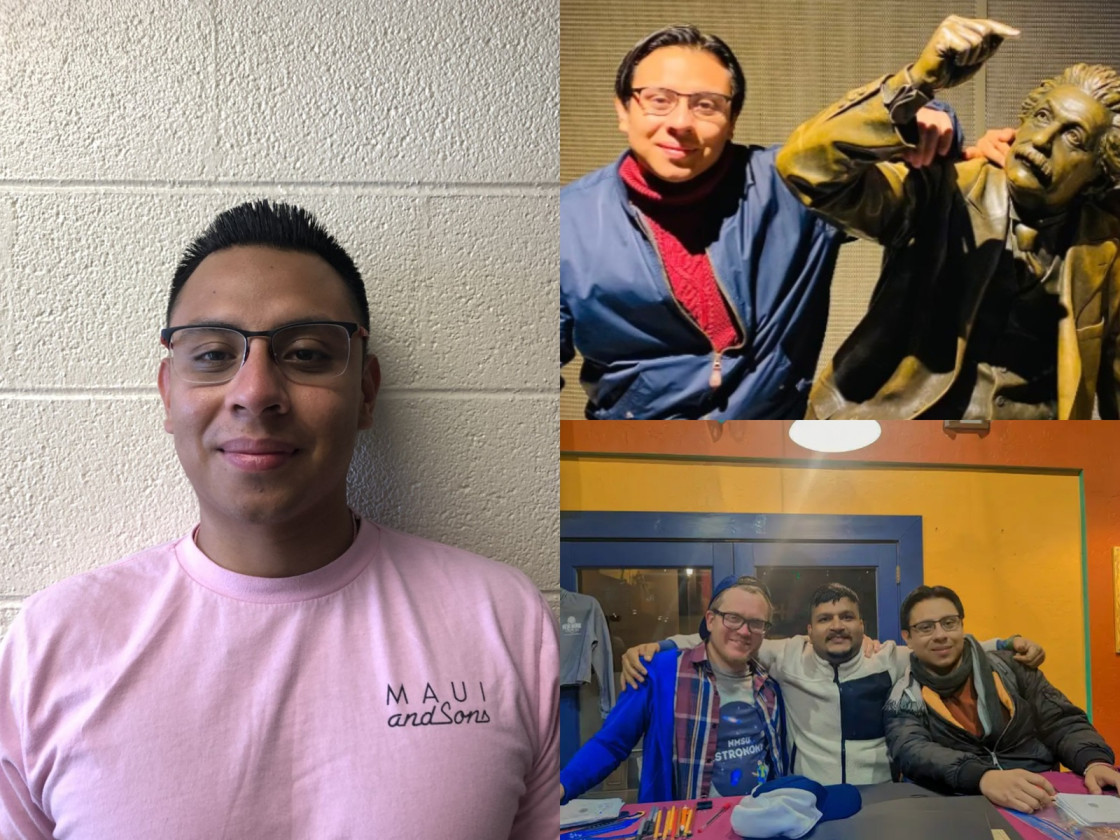
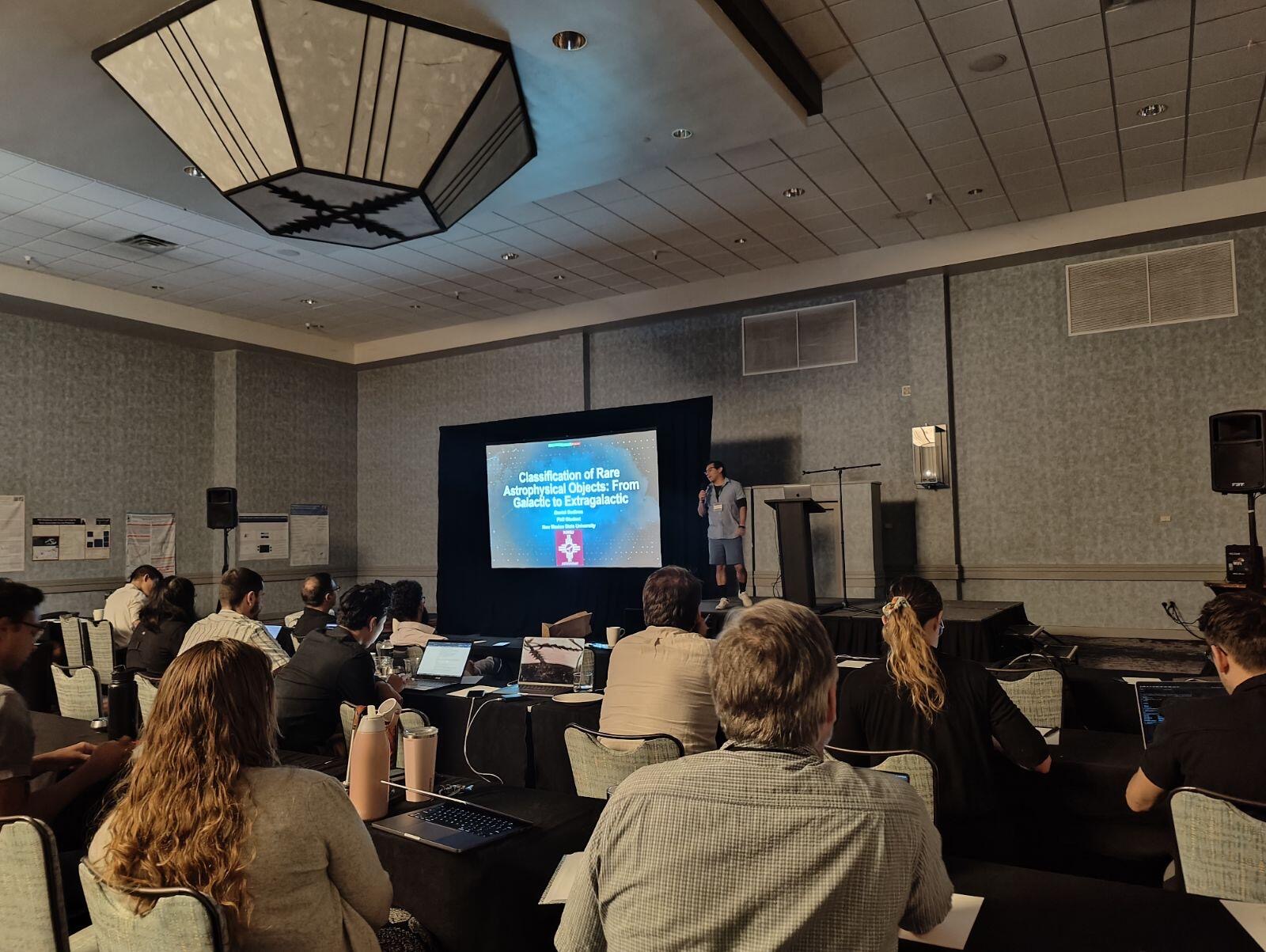
Interests
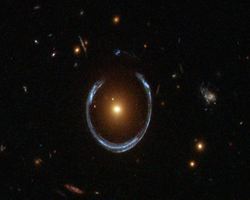
Microlensing
I began studying machine learning in 2016 and published my first work in 2019, developing MicroLIA, the first machine‑learning classifier for microlensing detection in wide‑field, low‑cadence surveys. I am an active member of the LSST Microlensing Science Collaboration, where I continue to lead MicroLIA development and support efforts to detect and characterize microlensing events in LSST data.
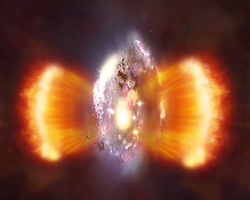
Lyman-alpha Blobs
I developed the first scalable machine learning pipeline for detecting Lyman-alpha blobs (LABs) using only broadband imaging, enabling blind searches for these rare, high-redshift sources across wide-field survey data. This pioneering, multi-stage framework overcame the limitations of narrowband selection by combining ensemble classifiers, anomaly detection, and a convolutional neural network to identify LAB candidates directly from broadband morphology and color.
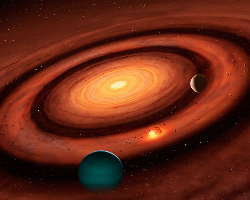
Protoplanetary Disks
I have conducted theoretical work on solid concentration and planetesimal formation in turbulent disks. I ran 3D self-gravitating simulations of the streaming instability to show that overdense filaments generate optically thick sub-millimeter emission, leading to significant underestimates of disk mass when standard optically thin assumptions are applied. This work combined large-scale numerical modeling on HPC systems with radiative transfer post-processing, including dust scattering, to produce synthetic ALMA observables and quantify the mass bias introduced by unresolved small-scale structure.
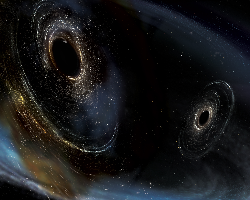
Dark Matter
I have investigated the detectability of dark matter using microlensing as a probe of compact dark objects. In one study, we projected LSST constraints on the abundance of primordial black holes (PBHs) as a dark matter component, demonstrating that control of the false positive rate is critical for achieving competitive limits. By simulating realistic light curves and evaluating classifiers based on χ², Boosted Decision Trees, and Bayesian-based model selection, we showed how machine learning can enhance PBH sensitivity in next-generation time-domain surveys. In related work, we applied unsupervised anomaly detection to identify microlensing events directly from LSST-like light curves, enabling real-time filtering of rare transients — including those caused by compact dark matter — with minimal assumptions about signal shape.

Food!
I’m willing to drive up to six hours (one way) for yummy food.
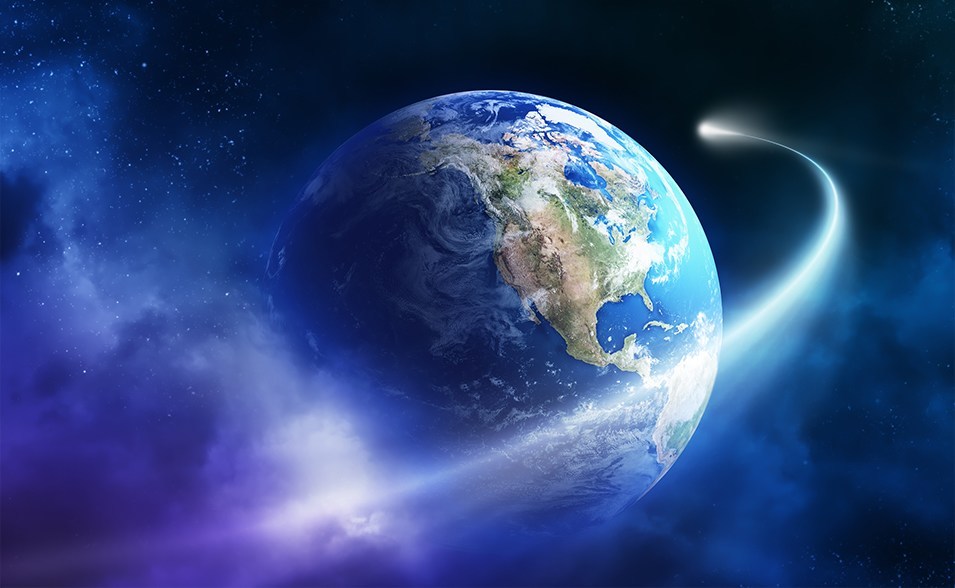
When will we find Planet 9 —
the unseen planet in our solar system?
During my studies I met a fellow who told me with the utmost confidence that within the next decade a new planet would be discovered. Not an exoplanet, of which there were thousands already, but a planet in our own solar neighborhood.
Space news
Artificial intelligence and why astronomers
don’t look through a telescope anymore.
As a child I had the opportunity to utilize the two-meter Faulkes Telescope in Siding Spring, Australia. I remember it was a very thrilling experience seeing the telescope move via a live webcam. I would input sky coordinates, and over the course of a minute, the telescope would slowly tilt toward the object. I couldn’t wait to become an astronomer and spend countless nights at the actual telescope sites — Hawaii, Chile, Spain, these are all locations with powerful telescopes that I wished to use one day. But little did I know, the era of manual observations was coming to an end.
A Comet in Santa Barbara’s Astronomical World
One Saturday morning in the summer of 2012, 15-year-old Daniel Godinez catches the bus from his home in Goleta. With transfers and delays, he pieces together a two-hour circuitous ride to the Museum of Natural History. He walks along the empty parking lot shaded by ancient live oaks, past the enormous blue whale skeleton, through the adobe entrance, and cuts across the peaceful courtyard. Opening the door marked “Gladwin Planetarium,” he feels his way along a dark aisle toward the control booth with the awesome presence of the sky dome overhead. In less than an hour, the audience will begin filling the seats for the first show of the day; but now he is alone. This is Daniel’s moment; he is about to turn on the universe.
